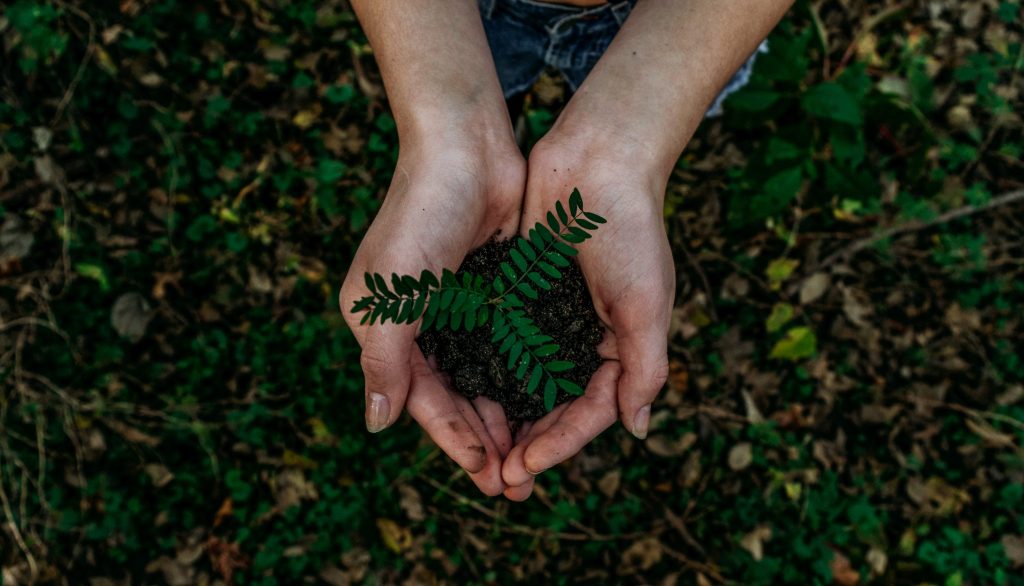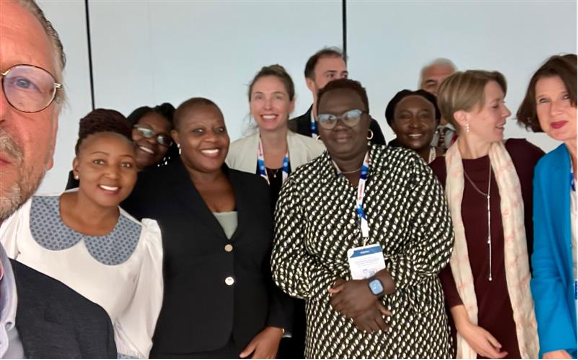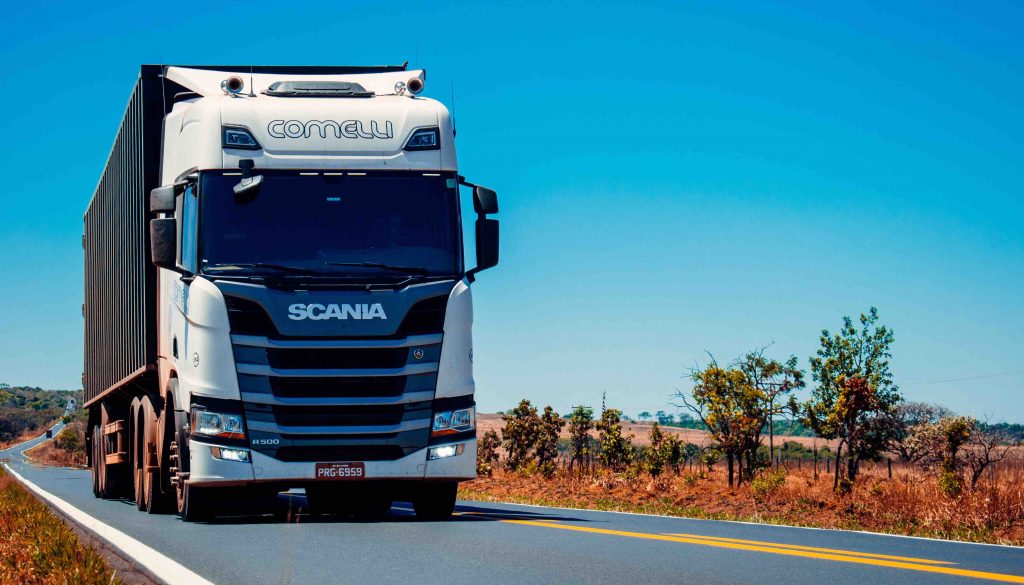Climate journalism is not a football game
Sustainable journalism deals with all three aspects of sustainability: environmental, social and economic. But in the end, the planet sets the limits. And we all know that our ability to handle climate change is crucial to human development. But climate journalism is incredibly difficult. It is uncertain, it is in the future and it is not event-based. In other words a nightmare for us journalists, who typically deal with events here and now. What is worse, much of the “doom and gloom” journalism that we produce seem to make people feel powerless. Then we have totally failed, as the purpose of journalism is to empower people.
As journalists, what we really should do is to inform people on how they can act to change their reality – just as Amartya Sen expressed it already 30 years ago. We typically tell the story of the scientists, we tell the story of 1.5 degrees, but what does that mean? What is 1.5 degrees? If I say 2.5, I don’t understand the difference. It is bad journalism. Good journalism is about doing stories about people, on topics of concern to them. We need to understand how people are affected by climate change. What do they need from us? They trust us to bring information that can provide solutions in their daily lives. They want to know how climate change will affect their crop, and their next harvest? How will it affect fishing? How will affect the smog in Dhaka? How will it affect my children? Should I move from the Sundarbans or any coastal areas? These are the kind of questions that people ask.
We tend to report on climate like it’s a football game. Football is fantastic when we talk about the World Championship. But life is not a football game. It is about how we can change our reality. If we look at Bangladesh, we all know it is one of the countries hardest hit by climate change. We already see the consequences. And it is just the beginning.
So as media, we need to have a special strategy on how to combat climate change. And we need to look at the possibilities. Just to give you one example: Renewable energy stands today for only three per cent of the Bangladeshi energy sector. We know that renewable energy will increase rapidly in the near future. Can you imagine the possibilities? How can we turn that into good journalism? So while we need to keep on exposing the problems in society, we also need to make space for the people that see the possibilities. I believe that is the way to go, if we want to be both prosperous and contribute to democratic and sustainable societies.






Responses